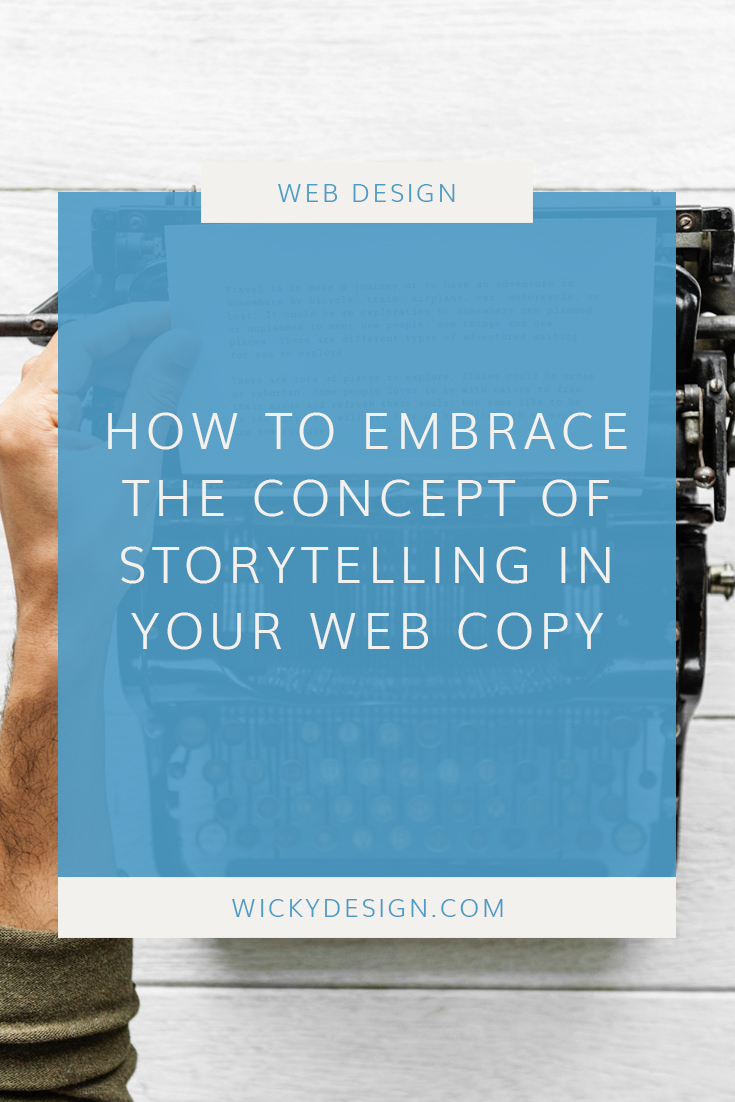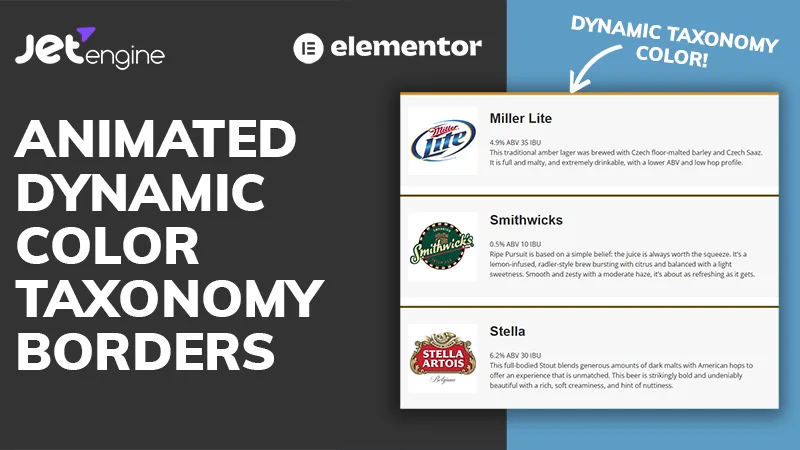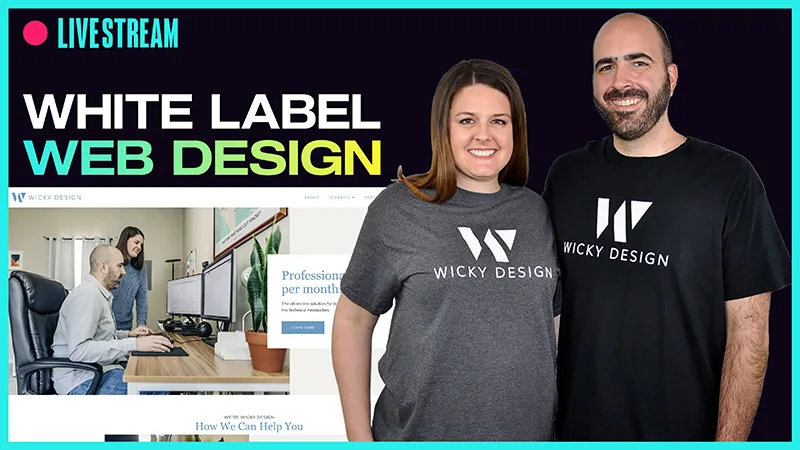This is a guest post by Patrick Foster of Ecommerce Tips.
Storytelling is the more creative, hippy cousin of rigid, targeted sales copy. Where the latter is direct, to-the-point, and purchase-driven, storytelling is indirect, emotionally-led, and focused on narrative. Storytelling is the rejuvenation your web copy needs to see real engagement and more sales. But what constitutes good storytelling, and how can you implement it in your web copy? Let us break it down for you.

Once upon a time…
Perhaps the best way to explain storytelling is to first define it by what it isn’t, namely sales copy. This kind of writing seeks to persuade the reader to take an action by exploiting certain triggers, such as fear, happiness, the fear of missing out, and so on. Sales copy creates or highlights problems for the consumer, building on them before finally offering a solution.
Storytelling on the other hand is much less direct in its approach. Rather than immediately and aggressively throwing up a problem that needs to be resolved, storytelling takes readers on a journey. Just like a story in a book, this evokes an emotional response from the reader through imagery, authenticity, and a compelling narrative.
Where sales copy leads, storytelling nudges. Rather than telling, it simply shows. Whether you’re looking for a rebrand or just want to jump-start your copy, storytelling is the way forward for you.
Brands doing storytelling right
There are plenty of examples of big brands weaving storytelling into their web copy too. Airbnb in particular are renowned for delivering inspiring storytelling in their marketing. In 2015, the hospitality marketplace shared a video claiming that around 550,000 travelers had spent that New Year’s Eve in an Airbnb property, with locations spanning 20,000 cities.
The video is an uplifting story of people travelling the world, meeting new people and forming new bonds. It’s also a great example of how a story can deliver an effective message that resonates in an indirect yet engaging way.
And it’s not just traditionally more ‘exciting’ brands that can embrace storytelling in their marketing — even arguably prosaic SaaS businesses can get in on the action. Take DIY e-tail designer Shopify for example:

Image Shopify
Rather than pushing a sales-driven message about why its product is better than the competition, Shopify adopt a more wholesome, sincere approach. Its mission, “to make commerce better for everyone”, speaks to its audience by showing it cares about the customer experience. Instead of an aggressive sales pitch, Shopify’s story shows what they care about, and why — and it works beautifully.
How to tell your brand’s story
So how can you embrace storytelling in your own web copy? First, you need to identify what story it is you want to tell. What brand stories do your customers want to read? Some examples to get you started include:
- Your brand’s origin story: where did you start? Whether it was backroom office or a spare bedroom, your readers want to know.
- Your business and its values: how were your values chosen and why?
- Your product’s founding story: how and why did you decide to make and/or sell that product? Is it made in an ethical or sustainable way?
- How your brand helps the community: do you do charity work as part of your CSR? Do a portion of your proceeds go to worthy causes?
While these are just examples of narratives for your story, there might be other facets of your business that your readers want to hear about. If it feels a bit like you’re straying more into creative writing than actual web copy, don’t worry: that’s exactly how it should be. By telling a story in this way, you breathe life into your company. By turning it from a faceless business into a brand with a beating heart, you can connect with and engage your audience in a wholly new way.
What makes for a good story?
You’ve got an idea, now it’s time to put pen to paper. A good business story is much the same as a fictional story: it has a beginning, a middle, and an end. Your story too should have a coherent narrative that guides the reader on a journey, finishing with a clear message. It could be that your brand works with sustainability at its core, or you put your customers before anything else. Whatever it is, make sure it’s clear from your story.
Another thing to bear in mind when you’re writing your story is to stick to the point. It can be tempting, especially if you’re of a creative leaning, to write reams and reams of florid text. While it certainly helps to be a little descriptive, try to keep it concise. At the end of the day, you’re still writing copy for a business, so be sure to deliver your message succinctly.
Finally, your story needs to be relatable. Your audience has to read your narrative and understand it on a personal level. Giving your brand a human facet is crucial to storytelling, and if your story is difficult to relate to, your customer will struggle to engage with it.
Storytelling is an effective means for brands to connect with their customers on a personal level. While sales copy will still play a part in your marketing, storytelling can give a new slant for selling your product or service. When done right, it’ll give your brand’s web copy a new lease of life, the benefits of which will reverberate for a long time.
 Patrick Foster is a writer who writes on Ecommerce Tips, delivering entrepreneurial advice and marketing tips from the ecommerce sector. Check out his latest posts on Twitter @myecommercetips.
Patrick Foster is a writer who writes on Ecommerce Tips, delivering entrepreneurial advice and marketing tips from the ecommerce sector. Check out his latest posts on Twitter @myecommercetips.




